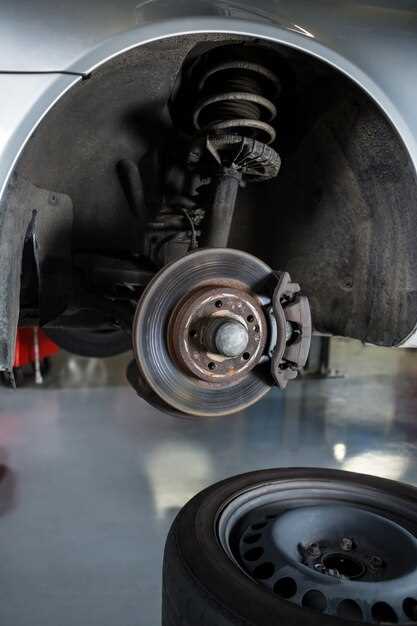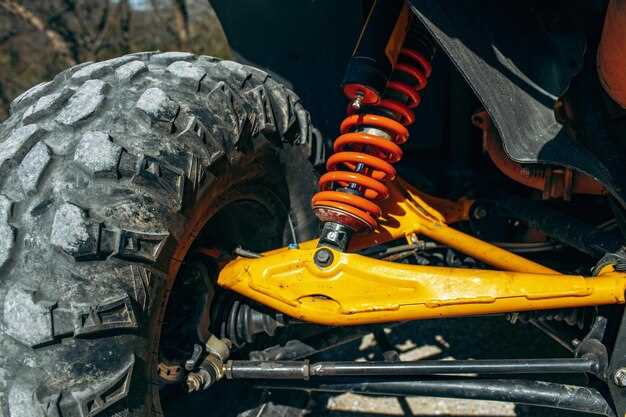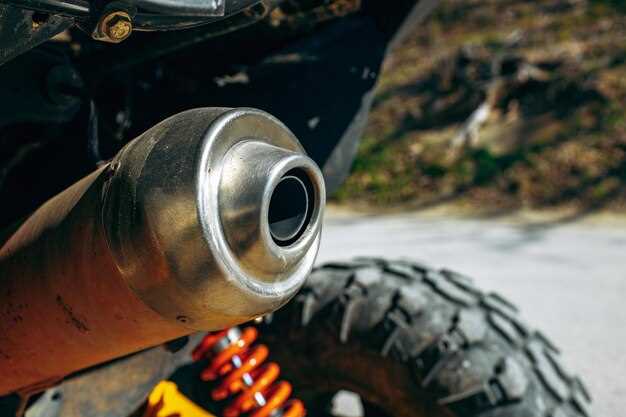
In the world of automotive performance, suspension plays a critical role in enhancing both handling and ride quality. Aftermarket shocks are a popular upgrade for enthusiasts looking to fine-tune their vehicles for street and track applications. These components not only provide improved damping characteristics but also allow for greater customization to suit individual driving styles and conditions.
Choosing the right aftermarket shocks involves understanding various factors, including your vehicle’s weight distribution, intended use, and personal preferences. While some shocks are optimized for comfort on daily drives, others are engineered specifically for the rigors of track racing, offering precise feedback and stability under high-speed conditions.
This article will explore some of the top aftermarket shocks on the market, highlighting their unique features, benefits, and performance metrics. From adjustable options that cater to diverse driving styles to high-performance models designed for competitive environments, we aim to provide a comprehensive overview that will assist you in making an informed decision for your suspension upgrade.
Evaluating Shock Absorber Types for Specific Driving Conditions
Choosing the right type of shock absorber is crucial for optimizing vehicle performance in various driving conditions. The primary types of shock absorbers include monotube, twin-tube, and air shocks, each designed to handle different scenarios effectively.
Monotube shocks are typically preferred for performance-oriented applications, both on the street and track. They feature a single tube design that allows for better heat dissipation and quicker response times. This type excels in high-speed cornering and provides enhanced feedback for the driver, making it ideal for track racing.
Twin-tube shocks, on the other hand, are more common in daily driving situations. They offer a comfortable ride by effectively absorbing small bumps and vibrations. While they may not perform as well as monotube shocks in extreme conditions, their balanced design makes them suitable for mixed driving environments where comfort is a priority.
Air shocks are popular for vehicles that require adjustable ride height and load-carrying capability. They enable customization based on driving conditions or cargo load, making them versatile for trucks and SUVs. However, they may compromise on handling compared to conventional shocks, especially in high-performance scenarios.
For off-road driving, specially designed shock absorbers such as coilover shocks offer superior performance. They provide adjustable ride height and damping settings to adapt to rugged terrains, ensuring better stability and control.
When evaluating shock absorbers, consider factors such as driving style, vehicle type, and typical road conditions. A thorough understanding of these variables will help in selecting the optimal shock absorber type, enhancing both performance and comfort.
Key Performance Features to Look for in Aftermarket Shocks

When choosing aftermarket shocks for improved street and track performance, several key features should be considered to ensure optimal handling and ride quality. Understanding these characteristics will help in making an informed decision that aligns with your vehicle’s intended use.
First and foremost, adjustability is a critical factor. Adjustable shocks allow you to tune the damping settings to match specific driving conditions, be it for daily commuting or track racing. Look for shocks that offer both rebound and compression adjustment to provide a broader tuning range.
The build quality of the shocks significantly impacts performance and longevity. High-quality materials, such as aluminum bodies and corrosion-resistant coatings, enhance durability. Billet aluminum construction often provides a balance of lightweight performance and strength, reducing overall unsprung weight.
Another important feature is the type of damping technology used. Twin-tube designs are common for street use, providing a comfortable ride, while monotube shocks are preferable for performance applications as they offer better heat dissipation and consistent performance under load. Additionally, some models incorporate advanced technologies like remote reservoirs, which further improve consistent performance and adjustability.
Pay attention to the range of motion and stroke length of the shocks. A longer stroke can provide better handling and comfort by allowing more wheel travel over uneven surfaces. This is particularly beneficial on the track where maintaining tire contact is crucial for grip.
Finally, consider the manufacturer’s reputation and warranty. Trusted brands typically offer extensive warranties, reflecting confidence in their products’ performance and durability. Research user reviews and expert opinions to gauge real-world performance and reliability.
Installation Tips and Common Pitfalls for Upgrading Shocks

Upgrading your vehicle’s shocks can greatly enhance both street and track performance. However, proper installation is crucial to ensure optimal results. Here are essential tips and common pitfalls to consider during the process.
1. Gather the Right Tools and Materials
Before starting the installation, ensure you have all necessary tools, such as a socket set, torque wrench, and jack stands. Utilizing quality shock mounts and hardware is also vital for a successful upgrade.
2. Read the Instructions Carefully
Each shock absorber has its specific installation guidelines. Thoroughly read the manufacturer’s instructions to avoid mistakes that could compromise performance and safety.
3. Ensure a Level Work Surface
Always work on a level surface to ensure the vehicle is stable. This prevents unnecessary movements and potential accidents while you’re removing or installing shocks.
4. Check for Compatibility
Confirm that the aftermarket shocks are compatible with your vehicle’s make and model. Using incompatible shocks can result in handling issues or damage to suspension components.
5. Don’t Skimp on New Bushings
New shocks often come with corresponding bushings. Replacing worn or damaged bushings will enhance the longevity and performance of your new shocks.
6. Pay Attention to Torque Specifications
Using a torque wrench to tighten bolts to the manufacturer’s specifications is crucial. Over-tightening can cause damage, while under-tightening may lead to failures.
7. Check Alignment Post-Installation
After installing new shocks, it is important to have the vehicle’s alignment checked. Upgrading shocks can alter suspension geometry which may impact tire wear and handling.
Common Pitfalls:
1. Rushing the Process: Take your time. Rushing can lead to errors and unsafe installations.
2. Neglecting to Test for Issues: Always inspect the suspension system for any underlying issues before and after installation. Addressing existing problems is essential for optimal performance.
3. Ignoring Ride Height Changes: New shocks can change the ride height. Always check and adjust if necessary to maintain proper vehicle dynamics.
By following these tips and being aware of potential pitfalls, you can ensure a successful shock upgrade that enhances both your street and track performance.